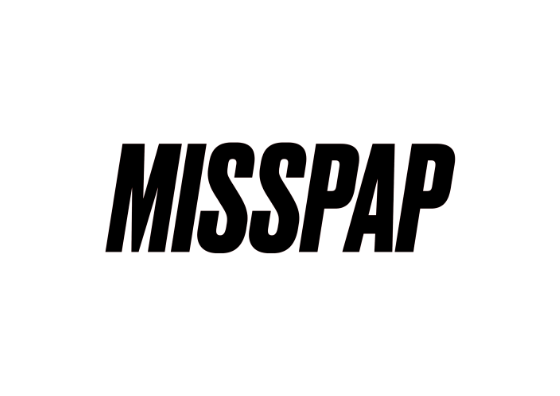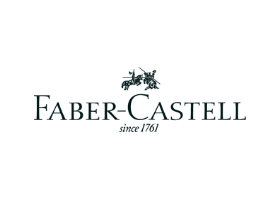Specifications
| Publisher | Penguin UK |
| ISBN 13 | 9780141988542 |
| ISBN 10 | 141988541 |
| Book Description | 'Remarkable . . . grips with the force of a thriller' Robert Macfarlane'The most brilliant and essential book on Chernobyl since that of Nobel Prize-winner Svetlana Alexievich' Irish Times** National Book Critics Circle Finalist 2019 **The official death toll of the 1986 Chernobyl accident, 'the worst nuclear disaster in history', is only 54, and stories today commonly suggest that nature is thriving there. Yet award-winning historian Kate Brown uncovers a much more disturbing story, one in which radioactive isotopes caused hundreds of thousands of casualties, and the magnitude of the disaster has been actively suppressed.For years after, Soviet scientists, bureaucrats and civilians were documenting staggering increases in birth defects, child mortality, cancers and other life-altering diseases. Worried that this evidence would blow the lid on the effects of radiation release from Cold War weapons-testing, scientists and diplomats from international organizations, including the UN, tried to bury or discredit it. Brown also encounters many everyday heroes, often women, who fought to bring attention to the ballooning human and ecological catastrophe, and adapt to life in a post-nuclear landscape, where the dangerous effects of radiation persist today.Based on a decade of archival and on-the-ground research, Manual for Survival is a gripping historical detective story that brings to light the real consequences of Chernobyl - and the plot to cover them up.'A troubling book, passionately written and deeply researched' Sunday Times |
| About the Author | Kate Brown is the author of A Biography of No Place, which won the George Louis Beer Prize from the American Historical Association for the best book in International History, and Plutopia, which won seven awards, including the Dunning and Beveridge prizes from the American Historical Association for the best book in American history. She is the first historian of the Soviet Union to be nominated to the honorary Society of American Historians, and her research has been funded by the American Academy in Berlin and by Carnegie and Guggenheim fellowships. She teaches environmental and nuclear history at the Massachusetts Institute of Technology, Baltimore County, and lives in Washington, DC. |
| Language | English |
| Parental Rating | 17+ |
| Author | Kate Brown |
| Language | English |
| Publication Date | 43895 |
| Number of Pages | 432 |
Manual For Survival Paperback English by Kate Brown - 43895
Added to cart
Cart Total SAR 0.00


























































































































